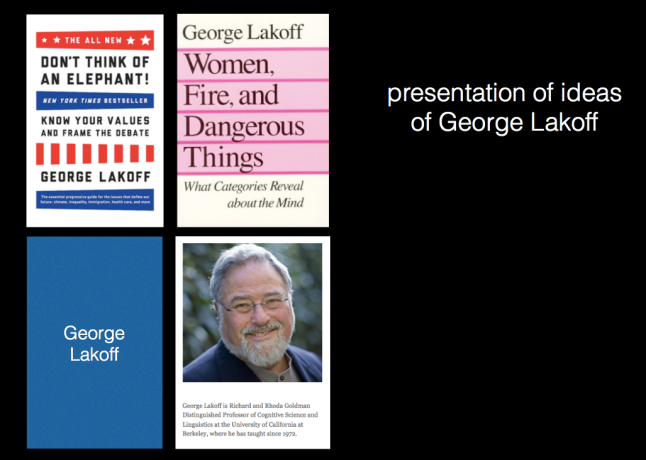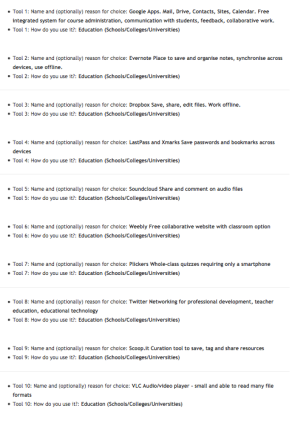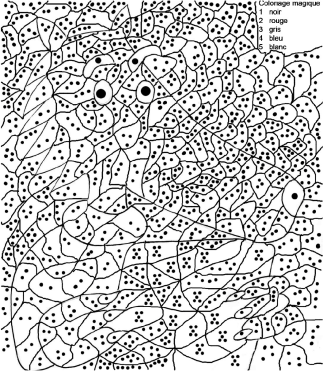 A critical period for second language acquisition: Evidence from 2/3 million English speakers
A critical period for second language acquisition: Evidence from 2/3 million English speakers
https://doi.org/10.1016/j.cognition.2018.04.007
Abstract
Children learn language more easily than adults, though when and why this ability declines have been obscure for both empirical reasons (underpowered studies) and conceptual reasons (measuring the ultimate attainment of learners who started at different ages cannot by itself reveal changes in underlying learning ability). We address both limitations with a dataset of unprecedented size (669,498 native and non-native English speakers) and a computational model that estimates the trajectory of underlying learning ability by disentangling current age, age at first exposure, and years of experience. This allows us to provide the first direct estimate of how grammar-learning ability changes with age, finding that it is preserved almost to the crux of adulthood (17.4 years old) and then declines steadily. This finding held not only for “difficult” syntactic phenomena but also for “easy” syntactic phenomena that are normally mastered early in acquisition. The results support the existence of a sharply-defined critical period for language acquisition, but the age of offset is much later than previously speculated. The size of the dataset also provides novel insight into several other outstanding questions in language acquisition.
Keywords: Language acquisition, Critical period, L2 acquisition
This study used a carefully designed and piloted Facebook quiz to test grammatical competence among L1 and L2 speakers of English of all ages and language backgrounds, with varying exposure and ages of onset. The study aims to answer the well-known question why older L2 learners generally do not reach L1 proficiency, based on the hypothesis of a critical period for (second) language acquisition.

Hartshorne, Tenenbaum & Pinker (2018) sought to meet the need for larger sample sizes to check the statistical robustness of studies like Johnson and Newport (1989) and tease out contributing factors. This earlier, landmark study of what has been called the critical period for second language acquisition found
a clear and strong advantage for earlier arrivals over the later arrivals. Test performance was linearly related to age of arrival up to puberty; after puberty, performance was low, but highly variable and unrelated to age of arrival
Johnson and Newport (1989) was a grammaticality judgement study of 46 speakers of Chinese or Korean, with age of arrival between 3 and 39, and exposure times of 3-26 years. Age of testing is not reported.
The results show a clear and strong relationship between age of arrival in the United States and performance. Subjects who began acquiring English in the US at an earlier age obtained higher scores on the test than those that began later
The researchers highlighted two further points
(1) Before age 15, and most particularly before age 10, there are very few individual differences in ultimate ability to learn language within any particular age group; success in learning is almost entirely predicted by the age at which it begins.
(2) For adults, later age of acquisition determines that one will not become native or near-native in a language; however there are large individual variations in ultimate ability in the language, within the lowered range of performance.
Hartshorne et al (2018), however, distinguish three potential influencing factors, and underline the need for many more participants to test their effects on (second) language acquisition.

To tackle this problem, the researchers designed a language quiz called Which English? The quiz used an algorithm to predict someone’s language background based on responses to a series of items (grammaticality judgement) with the aim of a) encouraging people to share their results on Facebook, thus encouraging massive participation, and b) collecting secondary data on quiz takers to purportedly refine the algorithm. As noted in the abstract, data were collected on 669K speakers. Thirty-eight L1 groups provided more than one thousand speakers, and participants were classified as monolingual L1 (N = 246K), non-immersion L2 (N = 267K), and immersion L2 (i.e., bilinguals or later English-environment learners N = 45K).
The paper is open access and supplementary materials are also available; much space is given to technical discussion of statistics. Here I present only the findings in lay terms. First, the study showed that there is a drop in learning rate at approximately 17 years of age, but that L1-level proficiency is only attained by learners beginning at age 10-12. The critical period for second language acquisition thus takes the form of “a plateau followed by a continuous decline” (Hartshorne et al. 2018: 12)

This distinction is explained by the length of time required for ultimate attainment, which – at 30 years – appears from this study to be much longer than originally estimated for both L1 and L2 speakers.

So Hartshorne et al (2018) looked for ultimate attainment among learners with 30 years’ exposure and aged under 70 at the time of testing (to control for potential cognitive decline).

After running their statistical tests with numbers of participants which are comparable to previous studies, they find that the earlier results can be explained as statistical anomalies, that is, would not have appeared to be statistically significant if larger numbers of participants had been involved.

What about different types of grammatical competence, that is, features which children tend to acquire early versus those which are only learned later?

As far as the influence of L1 is concerned, numbers of participants were generally too low for reliable results, but little effect for larger language families was found:

The paper concludes with the usual limitations section, citing test modality (comprehension only), quiz difficulty (ceiling effect), and L1 effects (results are “ephiphenomenal average” concealing different trajectories). The authors discuss possible reasons for this finding of a critical period: since hormonal changes must now be discarded, other influences may include cultural factors, L1 influence, modifications in neural plasticity, and maturation of neural circuitry. Phonology is a separate issue obviously not addressed in this study, while other demographic effects not relevant to the critical period appear in the results but remain to be analysed.
References
Johnson, J. S., & Newport, E. L. (1989). Critical period effects in second language
learning: The influence of maturational state on the acquisition of English as a second
language. Cognitive Psychology, 21(1), 60–99.














